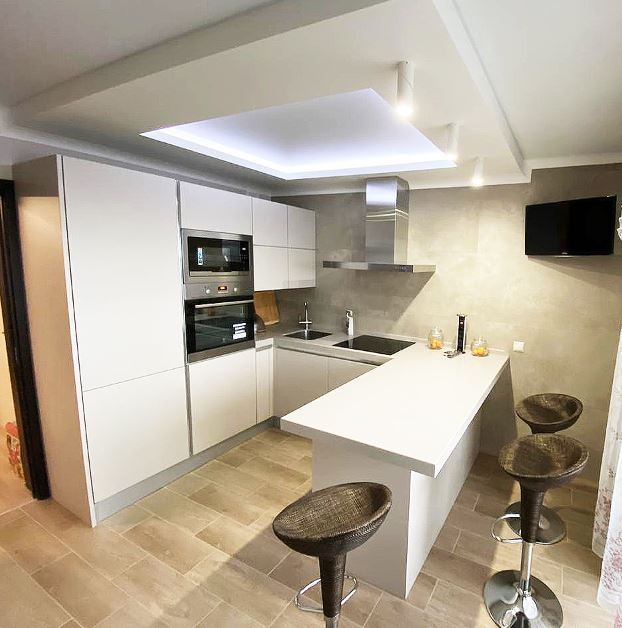
Gourmet Spaces, Elevated Design
The Essence of Gourmet Spaces
When it comes to home design, the kitchen is often considered the heart of the home. Gourmet spaces take this concept to new heights by integrating luxury and top-tier functionality. These spaces are designed for those who have a deep appreciation for the culinary arts and desire a kitchen that goes beyond the ordinary. The essence of a gourmet space lies in its capacity to blend aesthetic appeal with professional-grade appliances and features that create an environment conducive to fine cooking and entertainment.
Culinary Excellence Through Design
The design of a gourmet space is anchored in its ability to provide a seamless experience for the avid cook. This involves smart layouts that optimize movement and accessibility, high-quality surfaces resistant to heat and staining, and the latest in kitchen technology. Counter space is expansive, offering ample room for preparation, and islands frequently serve as focal points—equipped with additional sinks, warming drawers, or built-in cutting boards. The integration of technology, such as smart ovens and precision cooktops, can elevate a gourmet kitchen into a chef's dream.
Materials That Make a Statement
Elevated design in gourmet spaces extends to the choice of materials. Natural stone countertops like granite, marble, or quartz provide durability and add a touch of opulence. Custom cabinetry crafted from fine woods can be tailored to the unique needs and style preferences of the homeowner. Additionally, high-grade metals such as copper or stainless steel not only offer a timeless look but also enhance the overall functionality of the kitchen by being both durable and hygienic.
The Interplay of Light
Lighting is a critical element in any design, but in gourmet spaces, it plays an even more pivotal role. Well-designed lighting schemes incorporate both aesthetic and practical considerations. Task lighting ensures that each work area is well-lit, while ambient lighting sets the mood. Pendant lights over islands or dining areas act as statement pieces that define the space, and under-cabinet lighting can add a subtle yet impactful layer of illumination.
Flow and Connectivity
A great gourmet space acknowledges the importance of flow within the kitchen and its connectivity to other areas of the home. Open-plan layouts are popular as they facilitate interaction between the cook and guests, allow for dining spaces that merge seamlessly with the cooking area, and help the space to feel larger and filled with natural light. Consideration for the adjacencies of the kitchen to outdoor areas can also enhance the gourmet experience by enabling easy access for al fresco dining or entertaining.
Personal Touches
Ultimately, the elevated design of a gourmet space is about personalization. For the wine connoisseur, a custom wine fridge or cellar can be integrated. A dedicated space for growing herbs indoors can provide the freshest ingredients year-round. Specialty appliances such as a brick pizza oven or a teppanyaki grill can reflect the culinary interests of the homeowner. The key to a gourmet kitchen lies in its ability to be custom-fitted not just to the physical dimensions of the space, but to the lifestyle and tastes of those who will use it.
Conclusion
Gourmet spaces that embody elevated design are both a chef's playground and a design aficionado's showcase. They offer the perfect blend of functionality, luxury, and personalized detail that make cooking and entertaining a wholly gratifying experience. By placing equal emphasis on sophisticated aesthetics, cutting-edge technology, and ergonomic design, these spaces come to represent not just the pinnacle of culinary infrastructure, but also a sanctuary for creation, conviviality, and the finer things in life.
``` Remember that this HTML snippet is just for the article content itself, and you would normally include it within the `body` of a full HTML document that contains the `doctype`, `html`, `head`, and `body` tags.